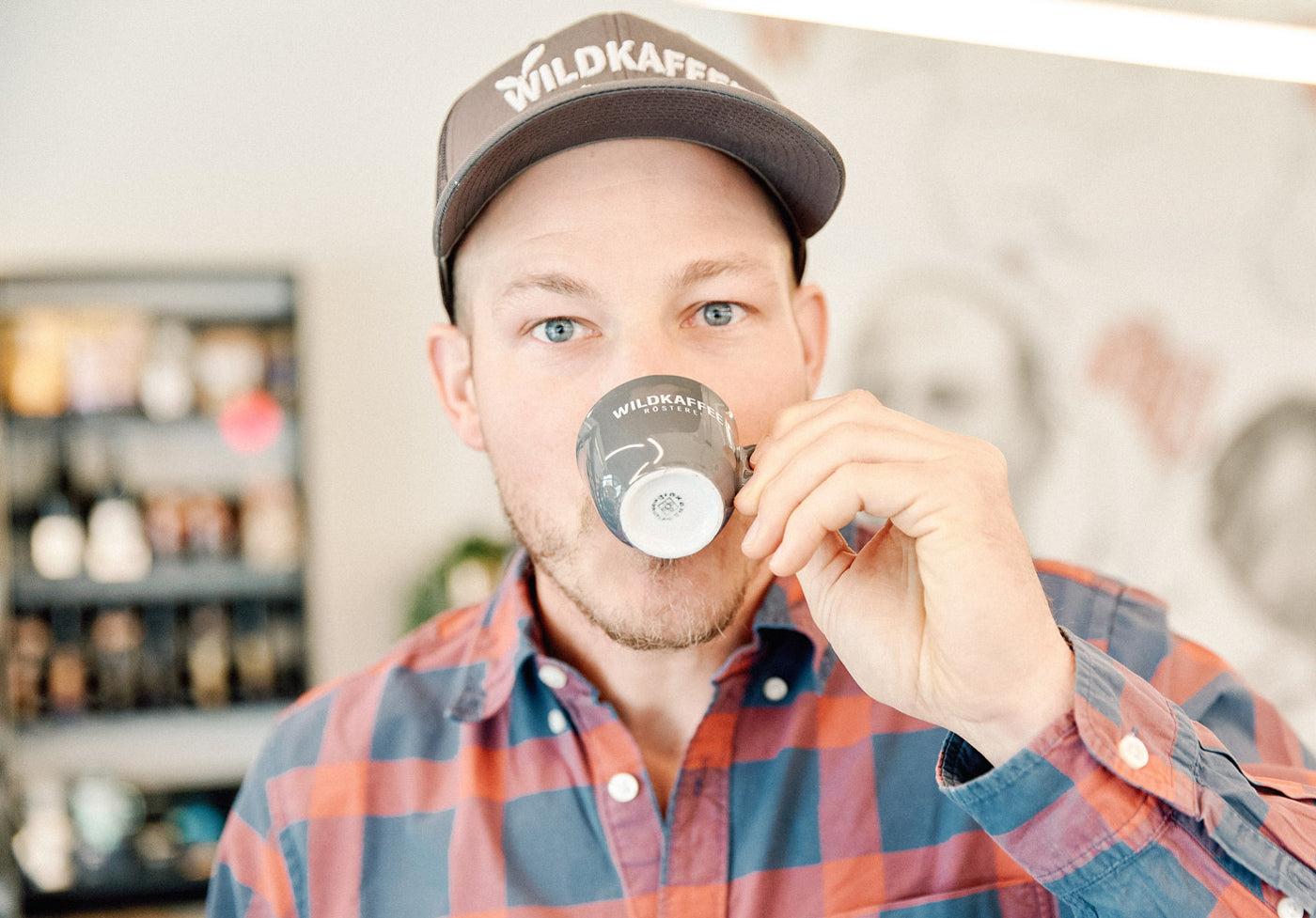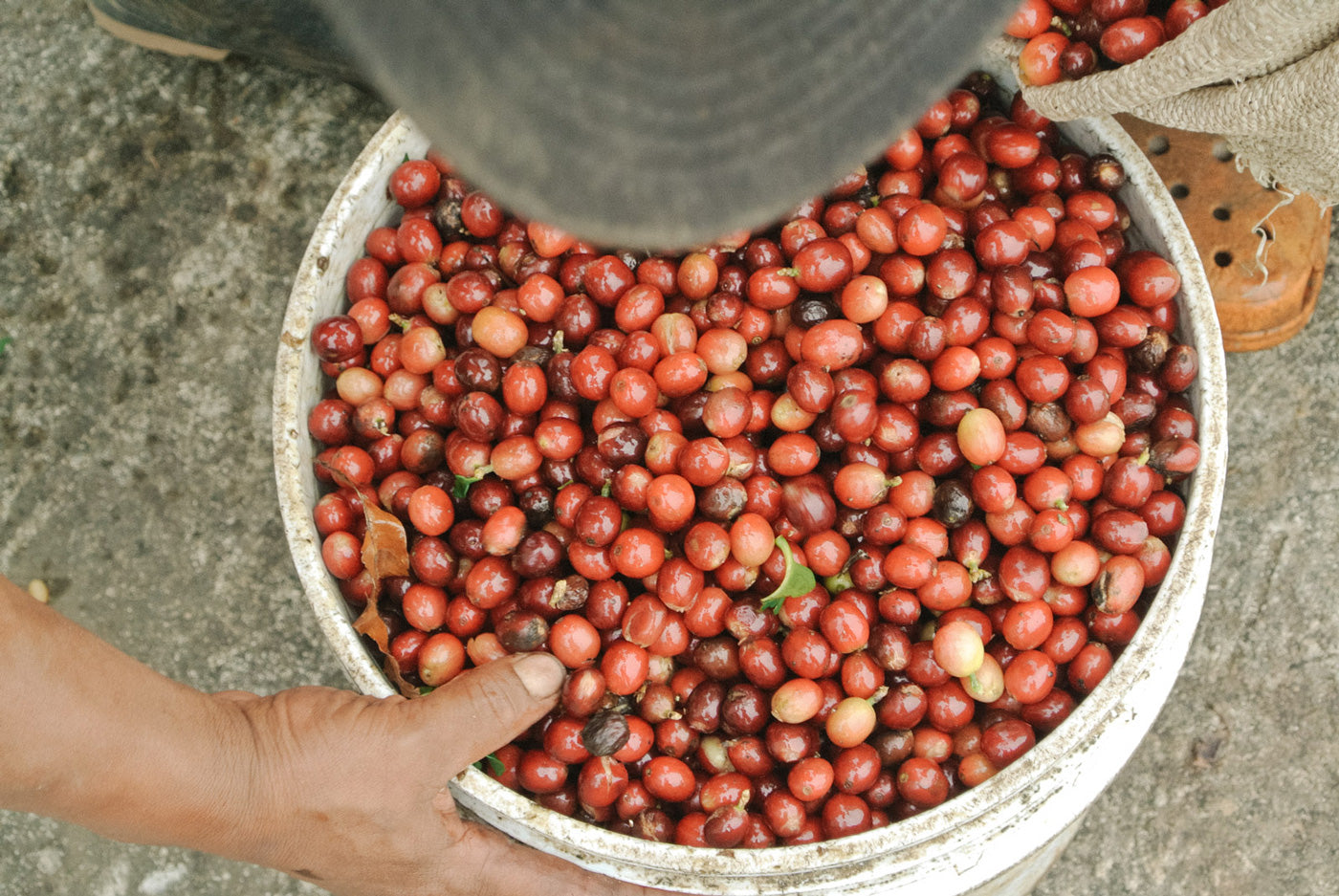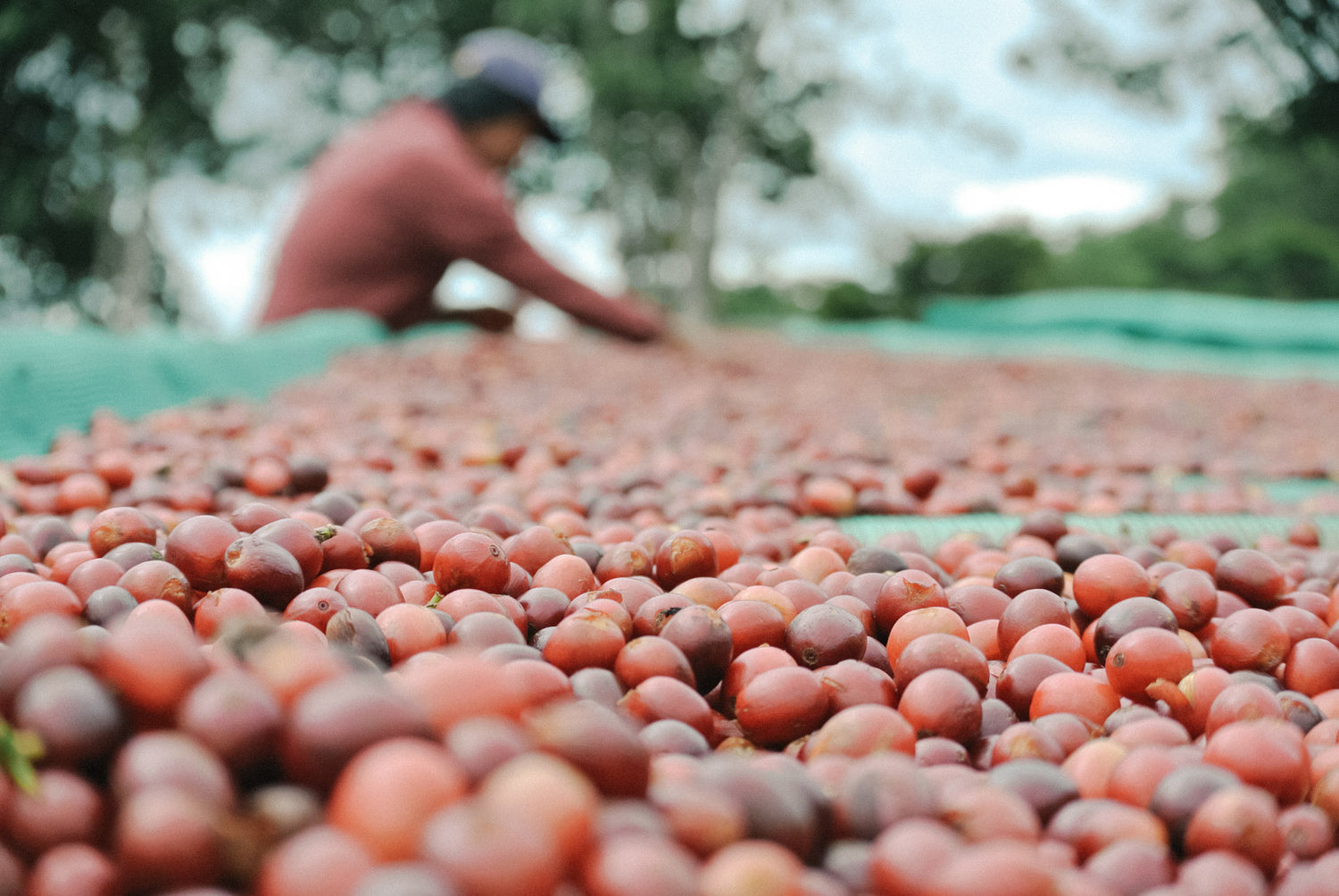Did you know that the taste of coffee is made up of more than 800 different aromas? In fact, coffee is one of the most complex natural products in terms of taste. However, the wide variety of tastes can also be influenced from the outside without adding additives or similar artificial flavors. This taste of coffee is achieved primarily through coffee processing.
The most comprehensive and decisive steps are preparation and roasting. Both steps are somehow connected, because the roasting profile is also influenced by the preparation method. Especially with specialty coffees, where fruity nuances are used, these are precisely what should be highlighted. The same applies to green coffee beans with characteristic nutty-chocolate notes, such as Brazilian varieties. These are excellent in both espressos and coffees. You will find out how the taste of coffee is achieved in detail in the following sections.
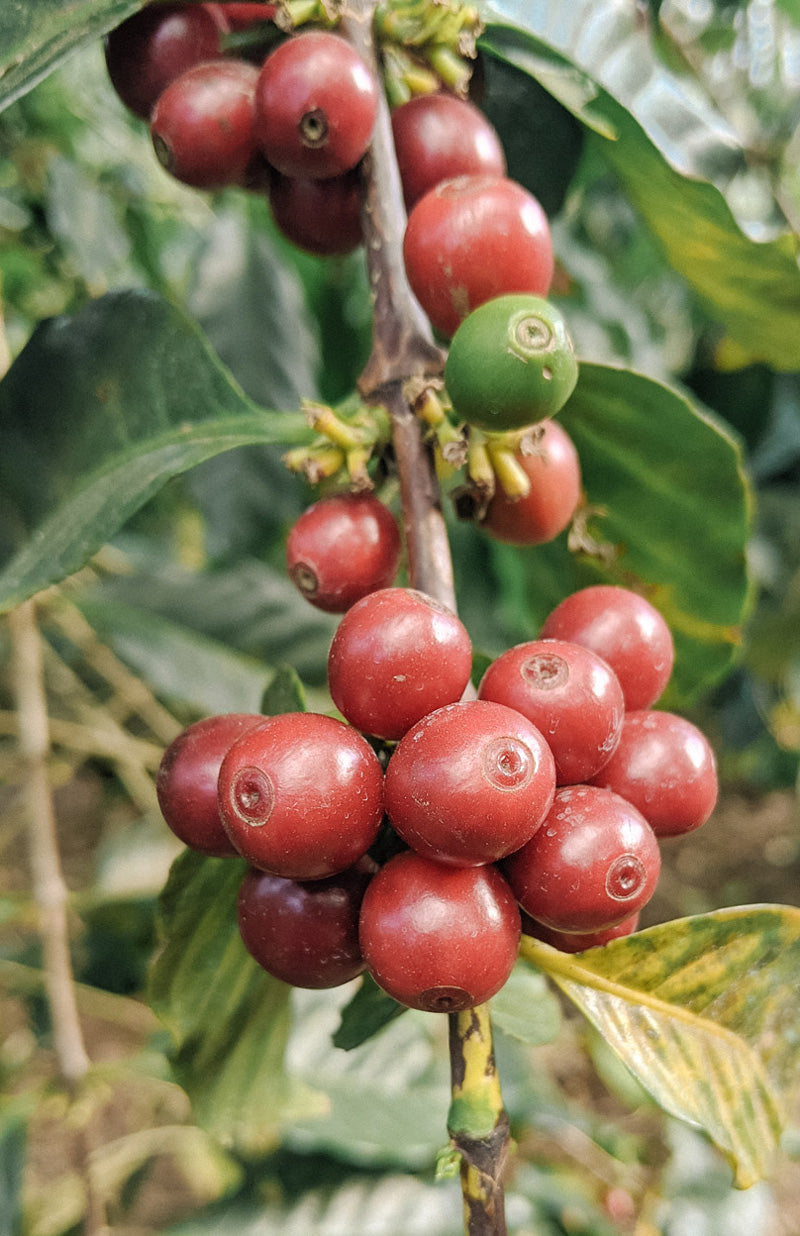
The taste of coffee - differences between varieties
The coffee plant, also known as Coffea, comes in many different varieties. In other words, different types. These vary depending on the country of origin and the corresponding climatic influences that prevail in the growing region. This also leads to differences in taste, which can also be traced back to the variety. The different countries of origin therefore also bring with them characteristic taste properties, which we will discuss in detail in the section below. Of course, the most important process in coffee processing for us also plays a large role - roasting the coffee beans. By using an individual roasting profile for each selected green coffee variety, the individual notes can be perfectly highlighted, creating a delicious cup profile.
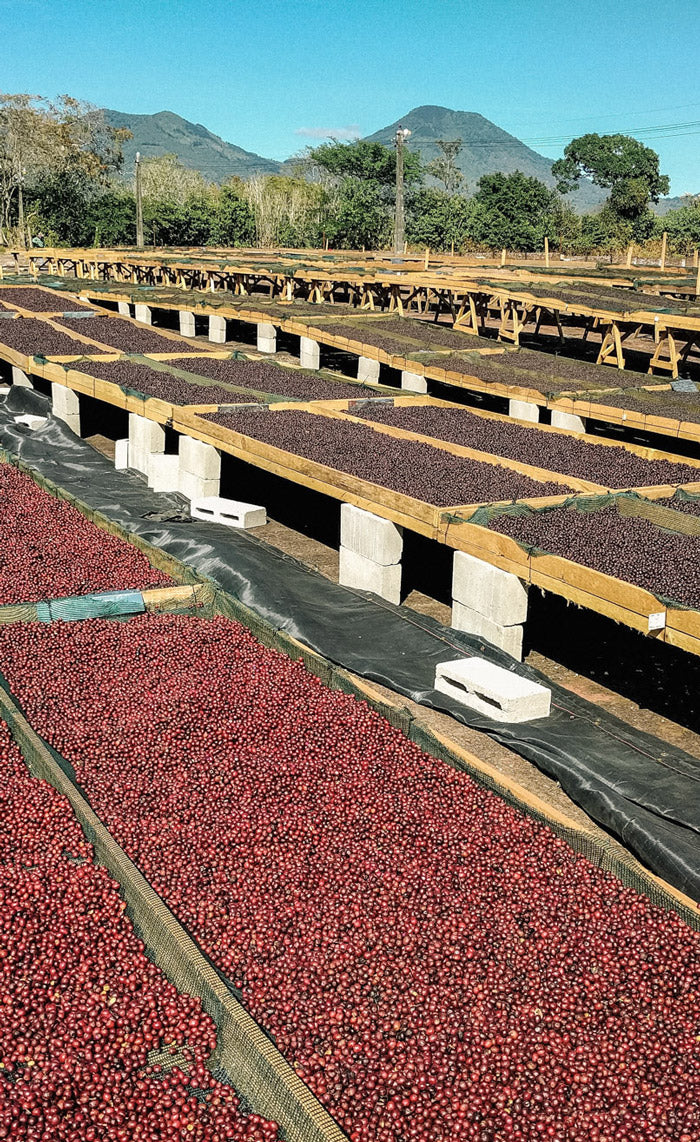
The taste of coffee is influenced by the processing
The taste in the cup profile can be specifically influenced, especially during the processing of green coffee, i.e. the process in which the pulp, the parchment skin and the fruit mucilage are separated from the core of the coffee cherry, the green coffee. During the third coffee wave in particular, there was a lot of experimentation with the different processing methods.
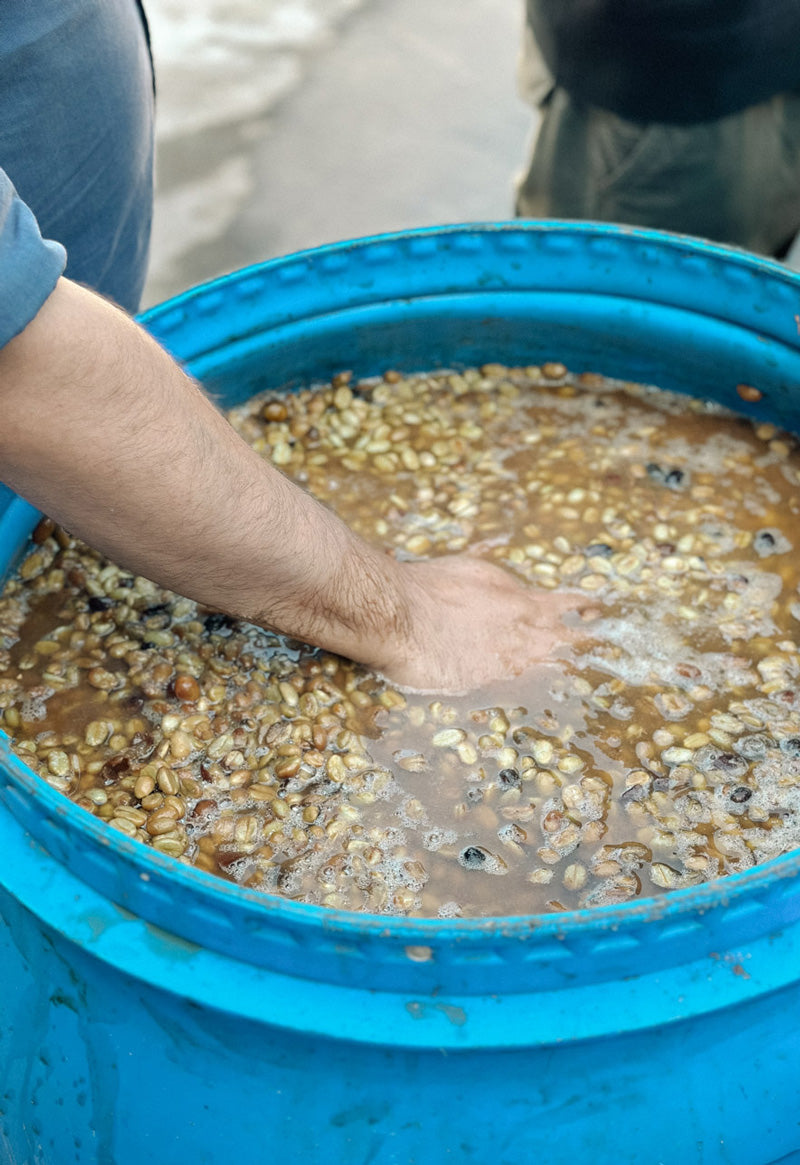
Fermentation and its influence on taste
Fermentation methods were particularly important, as they allowed for special fruity accents to be created. Such processing methods are often used for coffees that are generally somewhat unusual, e.g. from a rather rare variety, so the special tastes and notes are emphasized even more without any artificial flavorings or similar being added. The taste is created solely through fermentation, which is produced using the coffee cherries' own pulp. You can find out exactly how this works in the section below.
The taste of coffee from the countries of origin
At the beginning, it should be said that the taste of coffee depends heavily on the external properties that prevail around the growing region. External factors such as rainfall, average temperature, hours of sunshine and the condition of the soil can have a major influence on the final taste in the cup profile. Therefore, the taste of a 2022 harvest from the same growing region can differ from that of 2023. However, the coffee does not taste completely different. Only the intensity of the various aromas can develop differently each year. In recent years, this fact has been particularly noticeable due to the extreme weather and the long periods of drought in the countries of origin. This point will continue to concern us and the coffee farmers in the future, because the weather also has an influence on the general condition in the growing region and this in turn affects the cultivation and the end result, the cup profile.
Different countries, different flavors:
The varieties grown in the different countries of origin also have different flavors and aromas. While the numerous heirloom varieties are cultivated in Ethiopia, in Brazil, for example, it is Yellow Catuaí. The taste is also different. Coffee from Ethiopia is known for its delicate, floral taste, coffee from Brazil for its nutty, chocolatey notes, and Kenyan coffee for its tangy, berry flavor, or Colombian coffee, which offers a particularly balanced taste experience. In this way, you can gradually discover the different flavors of coffee from different countries.
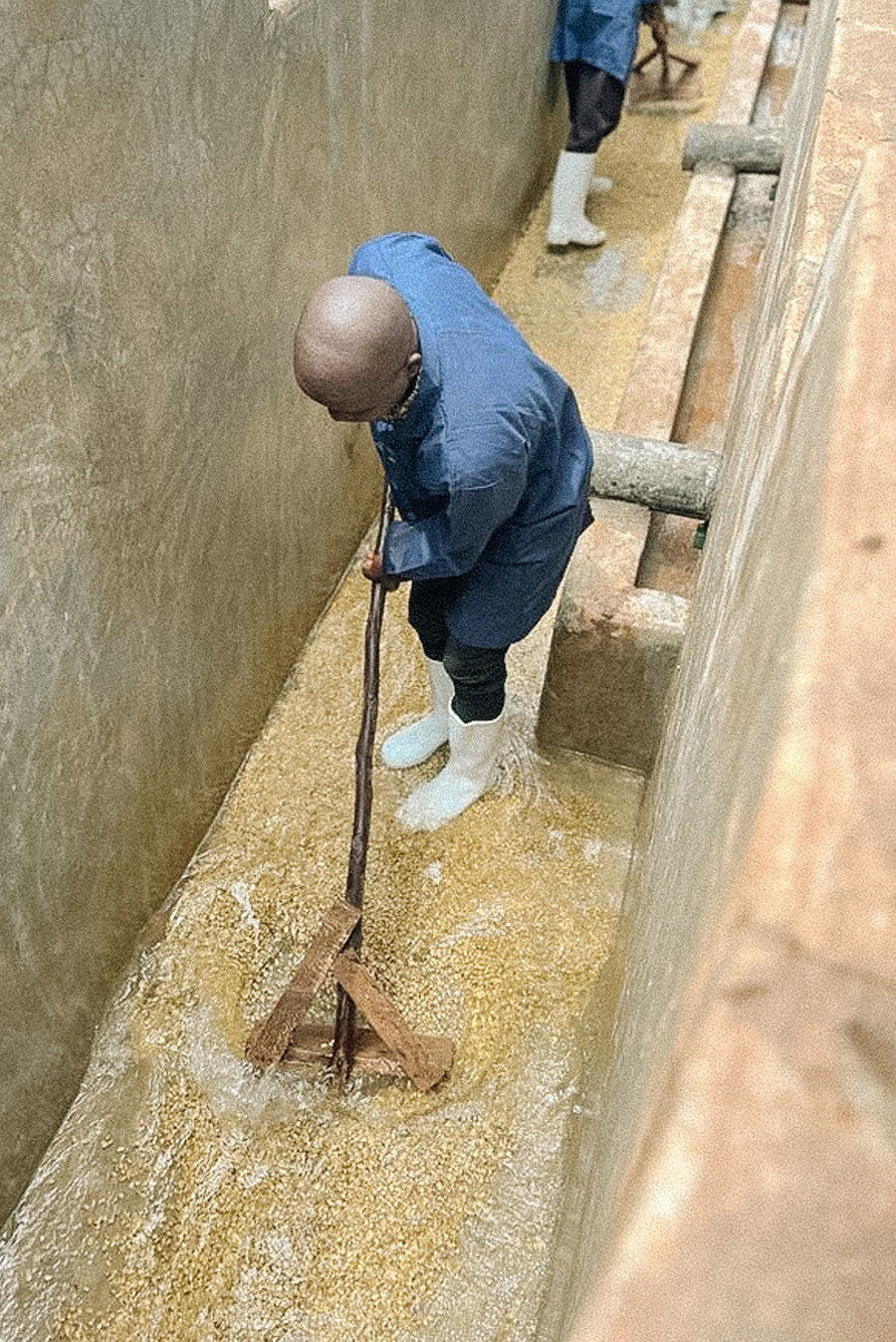
Back to processing
Processing is the step in which the pulp of the coffee cherry is removed from the stone, i.e. the actual green coffee. This process can be carried out in numerous variations. And these different variations also bring out the different flavors of the beans. But what types of processing are there? These include natural, washed, honey, aerobic, anaerobic, kombucha, infusion, microorganism. Some of these processing methods work by fermenting the cherries. After harvesting, the cherries are then fermented in large containers, which gives them an exceptional, fruity taste.
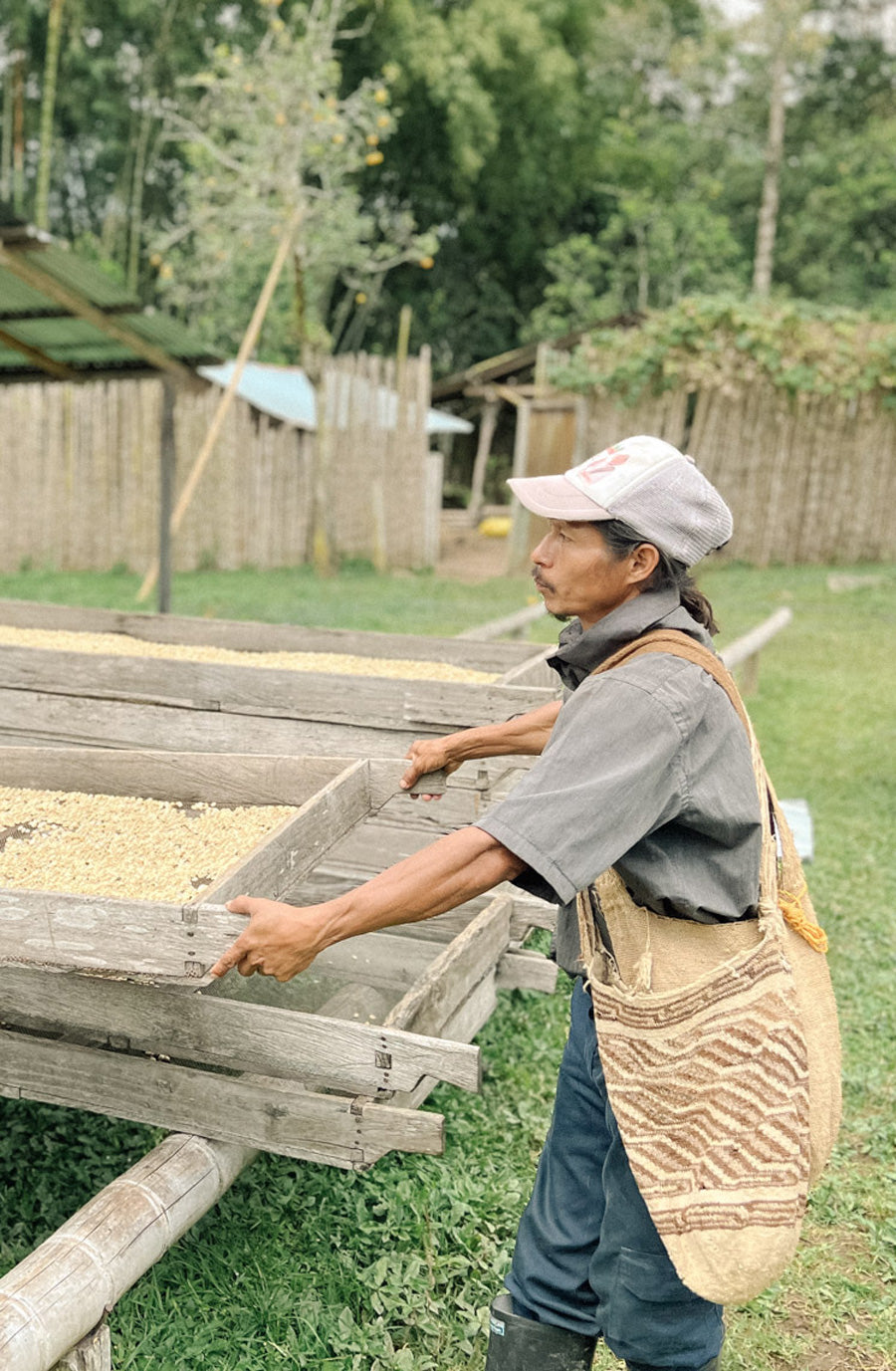
Natural and Washed - the influence of processing
The two most common processing methods are natural processing and washed processing, also known simply as washed. In natural processing, the cherries are dried until the beans can be easily separated from the dry fruit. This processing method produces a sweet, highly complex and full-bodied taste. The notes tend to be floral and fruity. In washed coffee, the pulp is washed from the bean with a lot of water. The beans are then dried in special drying areas. The taste of washed coffee is very nuanced and clear. The acids in the coffee, which provide the pleasant fruity taste, are more prominent.
The taste of coffee during roasting
In addition to the preparation, the roasting probably has the greatest influence on the final taste in your cup. The roasting time is particularly important. The longer the coffee is roasted, the less acid it contains. The acids are not harmful ingredients in the bean, but the natural flavor carrier that gives the coffee its fruity sweetness. If the coffee is roasted lighter, as is the case with our specialty coffees, the fruity accents dominate. Medium roasts are roasted a little longer. This creates a balanced taste experience with a harmonious interplay of roasted flavor and fruity accents. The dark roasts, i.e. the espressos, contain hardly any acid. Therefore, classic chocolate flavors dominate, which are paired with different, fine notes.
This is how the taste of coffee is determined
But how do you come up with the different flavors? These are determined and defined during the tasting, known as cupping. There is a so-called aroma wheel, which determines the different possible flavors. A wide variety of notes can be identified. Properties such as "woody", "earthy" or "musty" can also be determined. These are characteristics of all Robusta varieties, for example, which simply have different properties than Arabica beans.
Discover our Wildkaffee classics
-
Hausespresso
 Hausespresso
Hausespresso- Regular price
-
€11,90 EUR €32,90 EUR - Regular price
-
- Sale price
-
€11,90 EUR €32,90 EUR - Unit price
-
€34,00 EUR per kg
-
Wilderer Espresso
 Wilderer Espresso
Wilderer Espresso- Regular price
-
€11,90 EUR €32,90 EUR - Regular price
-
- Sale price
-
€11,90 EUR €32,90 EUR - Unit price
-
€34,00 EUR per kg
-
Wildsau Espresso
 Wildsau Espresso
Wildsau Espresso- Regular price
-
€12,90 EUR €34,90 EUR - Regular price
-
- Sale price
-
€12,90 EUR €34,90 EUR - Unit price
-
€36,86 EUR per kg
-
El Salvador - Coffee School Project
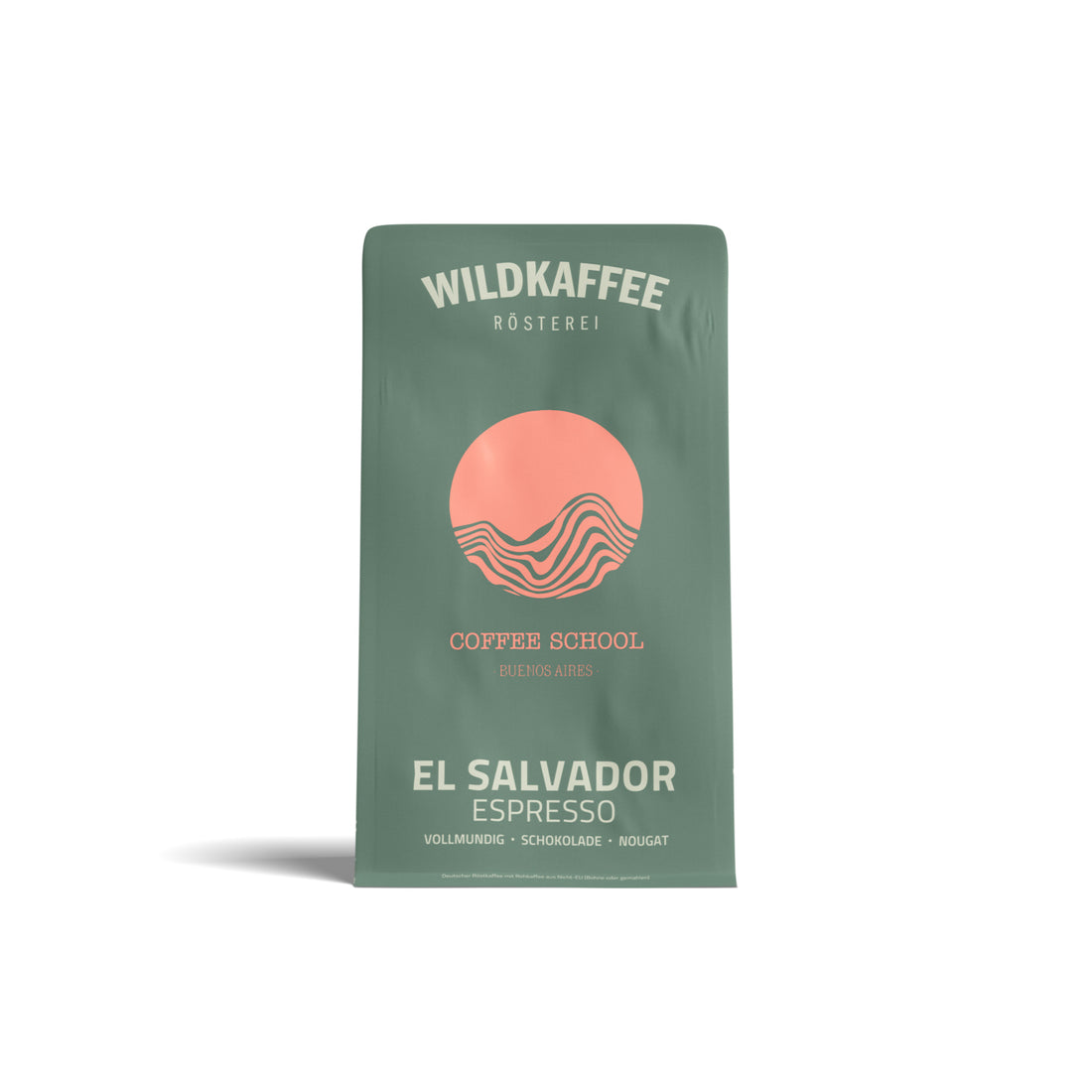 El Salvador - Coffee School Project
El Salvador - Coffee School Project- Regular price
-
€13,50 EUR €35,90 EUR - Regular price
-
- Sale price
-
€13,50 EUR €35,90 EUR - Unit price
-
€38,57 EUR per kg

